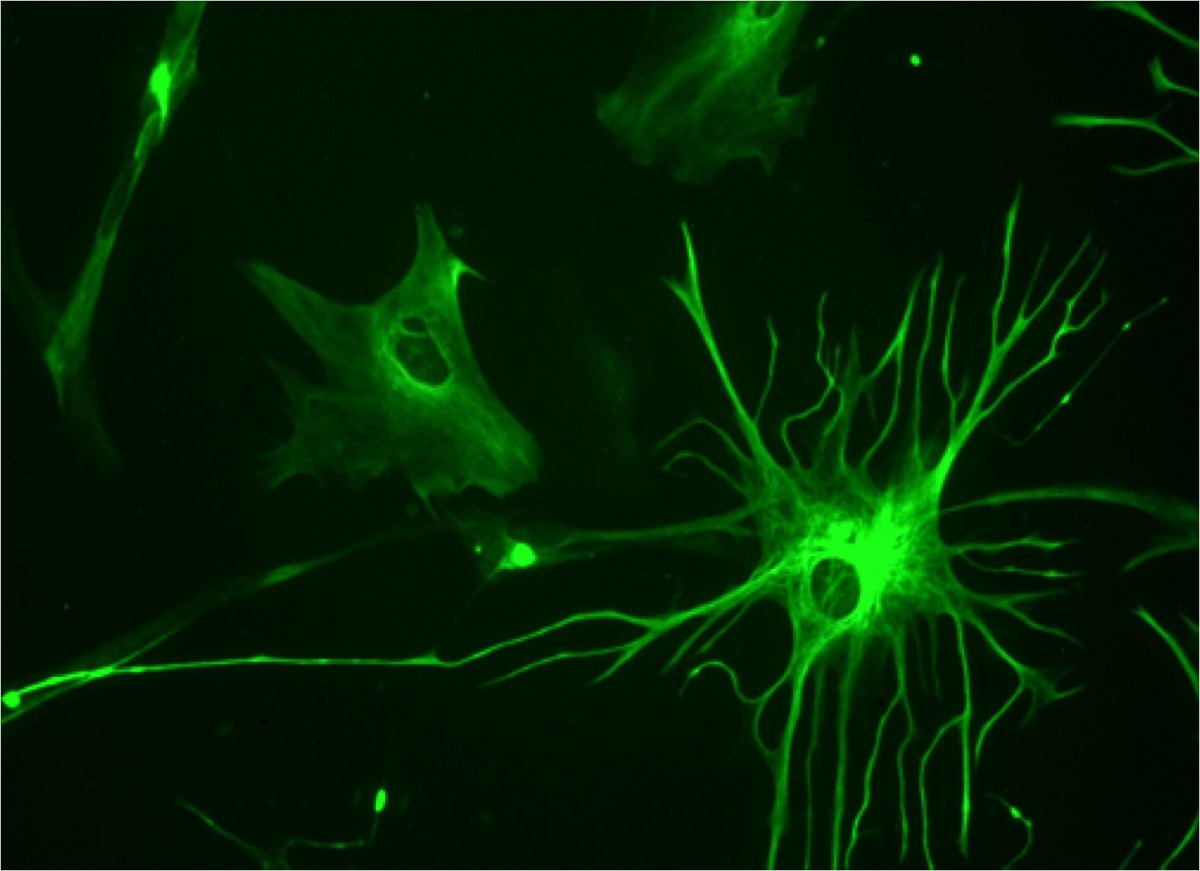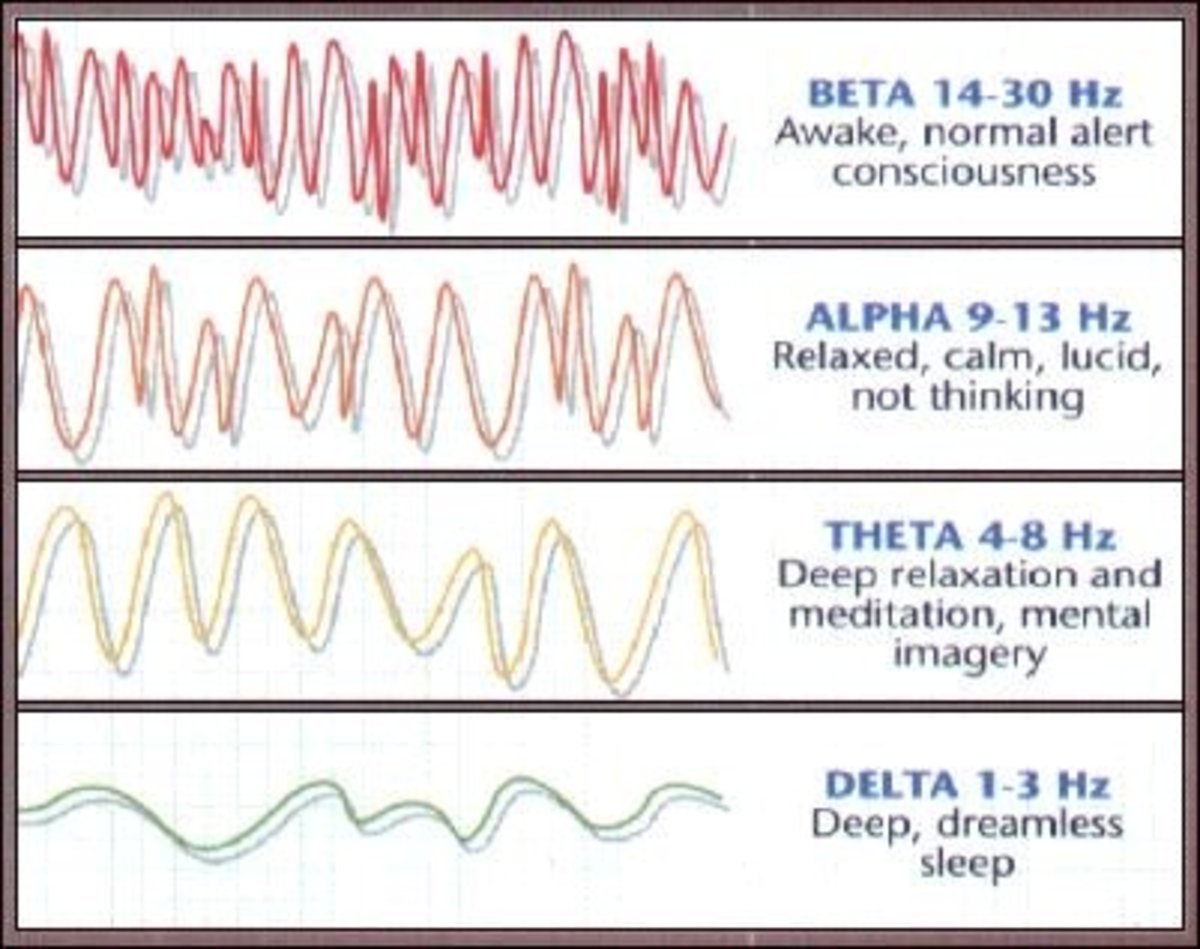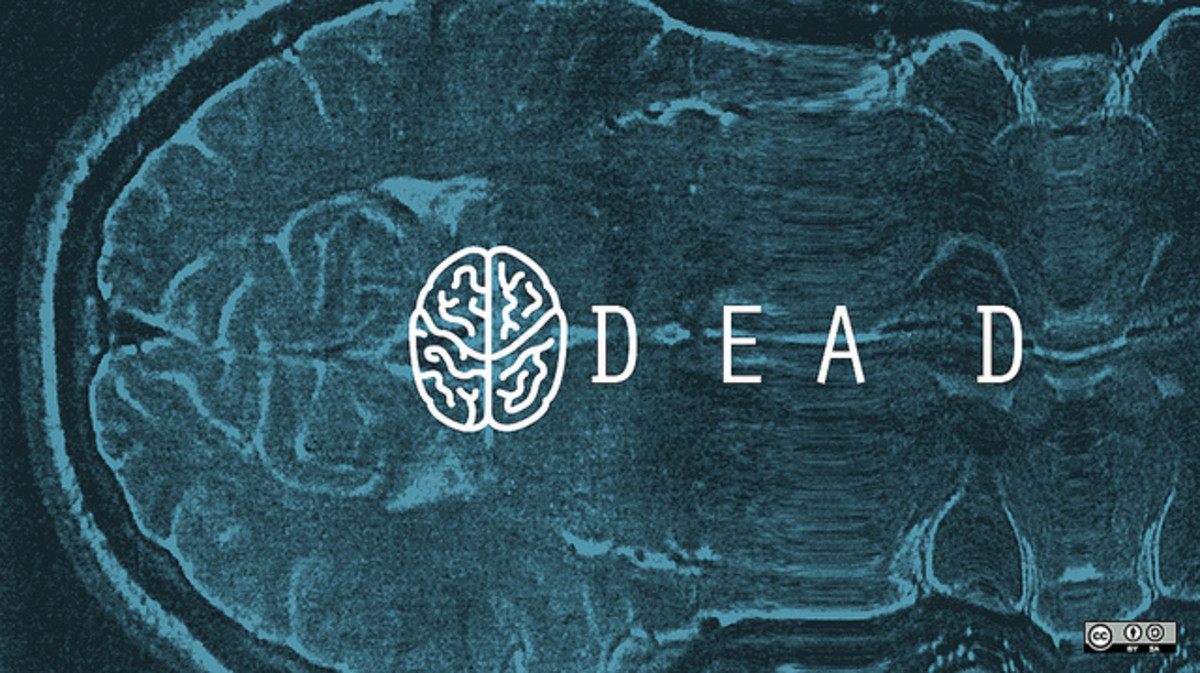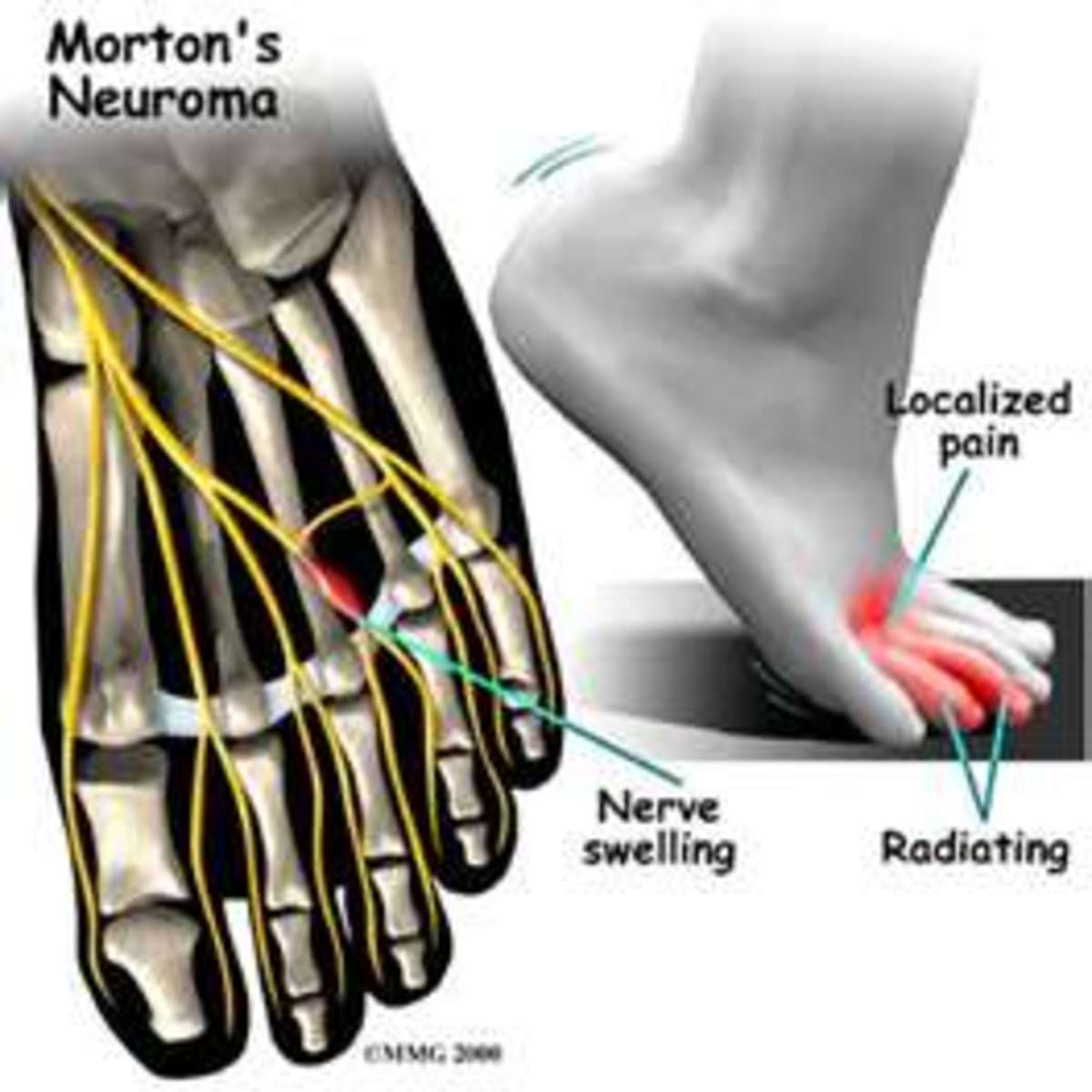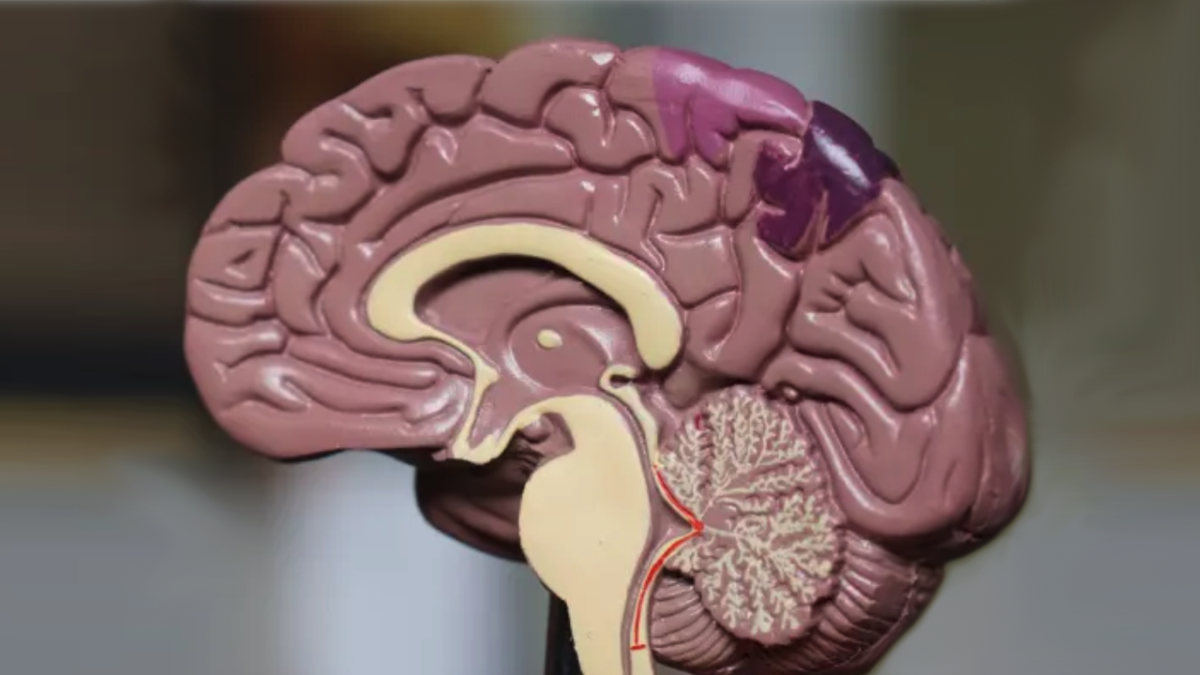The Brain and Learning
The Brain - Memory Encoding
How Do We Learn?
Our brains are amazing entities. They are stronger than the strongest computers; however, we use only a fraction of its abilities.
Memory has long been a mystery to mankind. It is the intention of the brain to retain information that separates man from other animals. The ability to do so is frequently taken for granted. Often the only time that we pay attention to memory is when we study about it.
The Brain Compnents
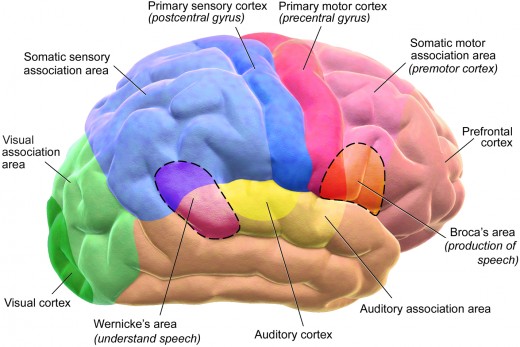
Memory has long been a mystery to mankind. It is the intention of the brain to retain information that separates man from other animals. The ability to do so is frequently taken for granted. Often the only time that we pay attention to memory is when it fails us.
We must understand the complexities of how the brain works in order to understand memory. It remains one of the fundamental challenges that brain scientists face. Although, we have learned a lot about the neural basis of learning and memory, there still much to be learned. It will take an interdisciplinary approach. We need to examine synapses, molecules, neuronal ensembles, neural systems and the cellular structure of the brain.
The basic building blocks of the brain are specialized nerve that make up the central nervous system: neurons. Most of the excess neurons are shed in uteri. At birth, an infant has roughly 100 billion brain cells.
Every neuron has an axon (usually only one). The axon is an “output” fiber that sends impulses to other neurons. Each neuron also has many dendrites — short, hair-like “input” fibers that receive impulses from other neurons. In this way, neurons are perfectly constructed to form connections.
Synapses
Synapses are the connections between nerve cells. They are the pathway where information is exchanged. Synaptic plasticity is a phenomenon which has to do with the activity of the brain. Brain cells may be thought of as the raw materials. It is believed that heredity may determine the number of neurons that a baby is born with. It is known that environment plays a large role on how and whether the cells that exist become wired or connected to one another. Learning is affected by the amount of activity that it receives. Caretakers must understand that everyday interactions such as cuddling, singing, reading or other such activities to their infants, toddlers or children will affect how they learn.
Exercise Your Brain Regularly
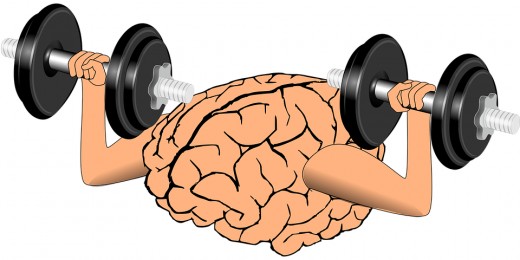
Central Nervous System
The brain is part of the central nervous system. It plays the role of controlling many bodily functions, both voluntary activities such as walking and speaking and involuntary ones such as blinking and breathing.
The brain contains two hemispheres with each hemisphere having four lobes with numerous folds. The folds do not all mature simultaneously. The chemicals that lead to development of the brain are liberated in intentionally ordered waves. Thus, the brain evolves in a predictable sequence. This might help to understand why there are optimal times in the developmental stages for learning to occur.
The question remains is how are synapse initially formed and how are they modified in order to be able to store new information. To take this one step further scientists are researching how neural activity converts short term memory into long term memory or the amount of synaptic strength that is required. We do know that synaptic changes require the synthesis of new proteins that occur through the exchange of mRNAs at the synapses. Synapses are a good distance from the cell body relatively speaking; thus, the neuron requires a method for sequestering the message and triggering the translation based on the synaptic activity. A molecular mechanism, called cytoplasmic polyadenylation has been discovered which regulates local translation. Scientists are continually interested in Fragile X Syndrome, the component that causes mental retardation and what roles such mechanisms play.
An infant’s brain contains about 100 billion neurons on average when it is born. The brain produces trillions more neurons and synapses, connections between the brain cells, than it needs. This is a self-protective measure that the brain takes to ensure good health. Most of the excess brain cells are lost in utero. The brain is remarkably in a perpetual unfinished state. It is in the first years of life the brain is undergoes a series of extraordinary changes. The neurons, although present, are not yet connected in the networks. In early development, the brains role is to form and reinforce connections among neurons. These are formed as the growing child experiences the surrounding world and forms attachments to parents, family members and other caregivers. In the first decade of life, a child’s brain forms trillions of connections or synapses. Axons hook up with dendrites, and chemicals called neurotransmitters facilitate the passage of impulses across the resulting synapses. Each individual neuron may be connected to as many as 15,000 other neurons, forming a network of neural pathways that is immensely complex. This elaborate network is sometimes referred to as the brain’s “wiring” or “circuitry.” If they are not used repeatedly, or often enough, the brain begins to go through a process of eliminating connections. It is in this way, experience plays a crucial role in “wiring” a young child’s brain. Thus, early stimulation sets the stage for how children will learn and interact with others throughout life. For infants, individual attention and responsive, sensitive care-giving is critical for later language and intellectual development. A child’s experiences, good or bad, will affect the wiring of his or her brain and the connections to his or her nervous system. If a child receives little stimulation early on, the synapses will not develop, thus, the brain will make fewer connections. To the contrary, loving interactions with caring adults strongly stimulate a child’s brain, causing synapses to grow and existing connections to get stronger. Connections that are utilized become permanent. Thus, to become aware that there are windows of opportunity in a child’s life will affect how future parenting may occur. However, no one is recommending the drilling of children though tapes or videos. Children should be taught in meaningful, day to day interactions. The acquiring of language at an early age is addressed further in my blog on how the brain learns.
Scientists are aware that the neurons for vision start to send messages back and forth rapidly at 2 to 4 months of age and peak at 8 months. Babies begin to take notice of their world during this period. Researchers now understand that language is most readily acquired during the first ten years of life. An infant’s exposure to repeated sounds from various words clearly helps the brain to build the neural connections that will enable him or her to learn additional words later on. This is the time period when the brain separates out which language acquiring neurons it will need and eliminate the others.
It is the educators in theschools in particular, however, which should take note of this information and introduce a second language prior to the age of ten. Additionally parents and teachers should realize the sensitivity of the brain regarding stress. Research clearly demonstrates that the body’s “stress-sensitive” systems shows how stressful environments affect a child’s developing brain. When children are faced with physical or emotional stress or trauma, one of these systems “turns on” by releasing the hormone cortisol.
Scientists continue to be fascinated by the intersections between brain functions and behavior and how memory is affected. The research thus far has encompassed such studies as removing a brain structure from animal specimens. They are most interesting is characterizing defects in learning and memory, which will enable scientists to understand more about the regions of the brain. They examine the areas of the brain that are affected as they learn new tasks. For example, researchers have learned that the hippocampus is a gateway for transforming sensations and thoughts into long term memory. Scientists are using fMRIs to detail the structure of the living human brain, which enables the visual blood flow in the brain that shows brain activity as various skills are introduced to the subject. This gives some indicators of how memory and cognition work. This will also help to understand factors that lead to memory defects.
Key Things To Focus on with Our Youth
Some of the key things that should then be our focus of raising our youth:
· Nurturing is important with warm caring adults is imperative
· Responsiveness to babies cues is important
· Ensure good nutrition, good health and safety
· Provide adequate stimulation – touching, reading, singing, talking
· Address the unique qualities of each child
· Encourage play and exploration
· Establish proper routines – repetition is important for brain development
· Use effective discipline techniques

